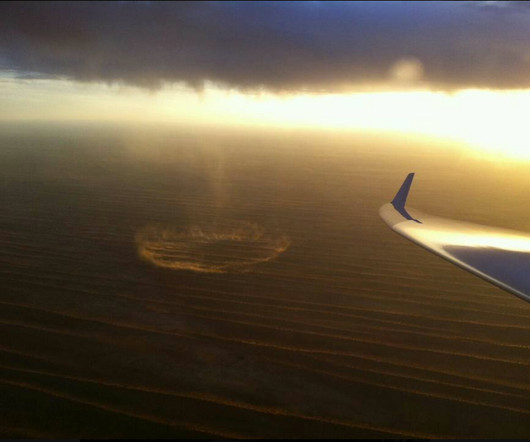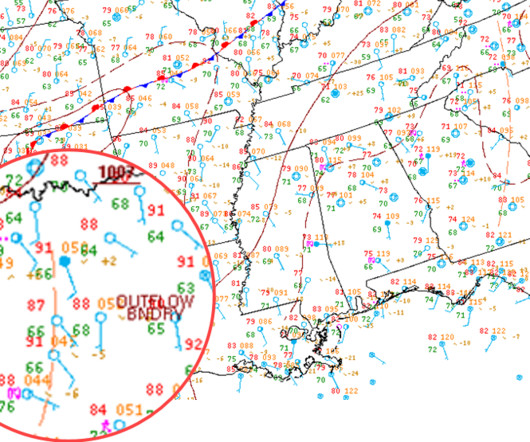Are Dry Microbursts Really An Invisible Trap? – Responding to Reactions
Chess In the Air
JULY 4, 2022
Most western pilots have patiently worked such lift for an hour or more while waiting for conditions to improve near their destination airport. Considering the delay in the AWOS reporting, it may also be helpful to proactively use the radio to ask anyone on the ground for the current winds (e.g. the local FBO).












Let's personalize your content